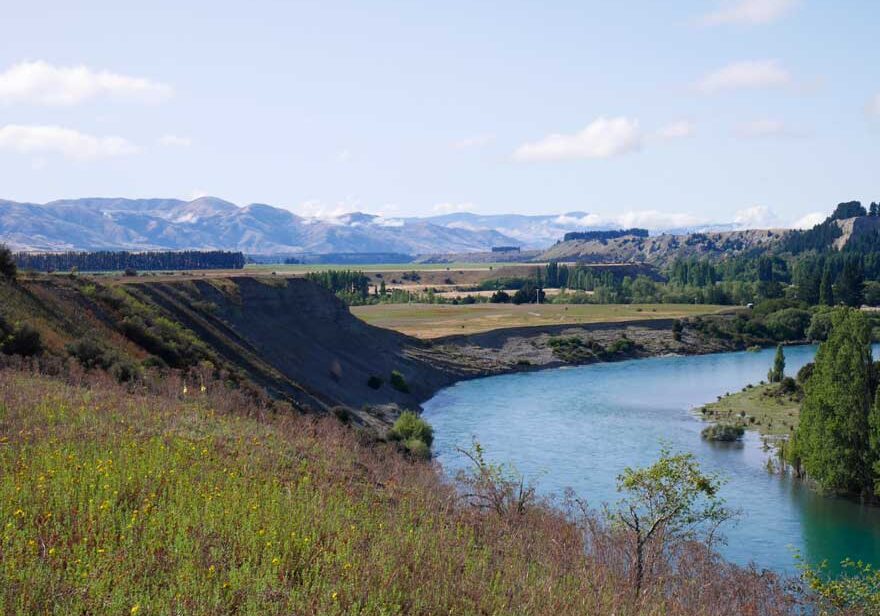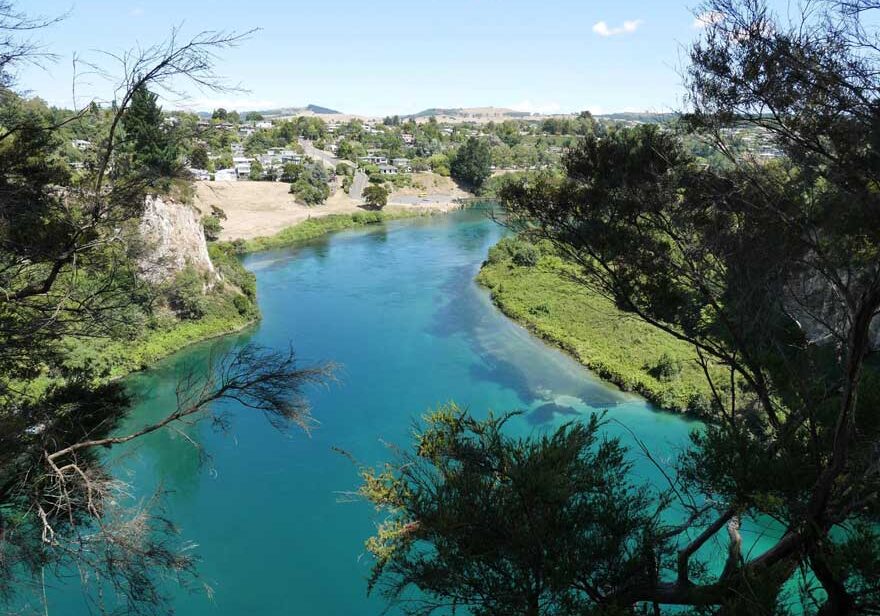Technological advances in geomorphology
Geospatial Innovations in Geomorphological Research: Integrating Remote Sensing and Advanced Technologies
Dr Ben Jarihani1,2, Dr Anya Leenman3, Dr Austin Chadwick4, Associate Professor Nik Callow5
1James Cook University, Townsville, Australia, 2University of the Sunshine Coast, Brisbane, Australia, 3Victoria University of Wellington - Te Herenga Waka , Kelburn Parade, New Zealand, 4Columbia University , New York, United States, 5The University of Western Australia , Perth, Australia
This session will focus on the recent advancements in geospatial science and their applications in geomorphological research. The increasing availability of high-resolution remotely sensed data from sources such as optical and radar satellite data, satellite-derived digital elevation models (DEMs), drones, LiDAR, and new “big-data” methods and analytical capabilities has revolutionised our ability to study and understand landscapes and their evolution. This session invites contributions that demonstrate the use of these cutting-edge technologies and methods in investigating surface and subsurface processes, landscape change, and hazards.
We welcome abstracts spanning the full spectrum of relevant methods and topics, including but not limited to satellite altimetry to monitor coastal change; drones and LiDAR for detailed geomorphological mapping and high-resolution change detection; ground-penetrating radar for subsurface analysis; and big-data analytics of fluvial systems. The session will explore how existing, new, and emerging data and methods can address critical geomorphological questions, enhance our understanding of natural processes, contribute to hazard management, and advance the geomorphology discipline.
This session encourages an “open-data, open-methods” approach to engagement and collaboration within and beyond this session, in order to share methods and experiences (including failures and successes) that advance the integration of geospatial data and technologies with geomorphological understanding across systems and environments. We encourage contributions that highlight interdisciplinary approaches, case studies from a diverse range of geomorphic settings, and scientists across all career stages.
Novel geospatial and remote sensing methods for geomorphological feature mapping and monitoring
Lorena Abad Crespo1, Daniel Hölbling1, Andrew Neverman2, Melanie Stammler3, Helen Dias4
1Department of Geoinformatics - Z_GIS, University of Salzburg, Salzburg, Austria, 2Manaaki Whenua – Landcare Research, Palmerston North, New Zealand, 3Department of Geography, University of Bonn, Bonn, Germany, 4Institute of Energy and Environment, University of São Paulo, São Paulo, Brazil
Geospatial and remote sensing methods are advancing at a rapid pace, along with a growing amount of spatial data available for geomorphological and landscape dynamics applications. In particular, repeated data acquisitions have increased the temporal frequency of data, opening new opportunities for analysing geomorphological changes over time. This session showcases and explores different geospatial and remote sensing techniques and methods for mapping, analysing and monitoring geomorphological feature changes and landscape dynamics related to fluvial, glacial, volcanic, hillslope, tectonic, coastal, and aeolian processes.
Technologies and methods in focus include but are not limited to the application of aerial or satellite remote sensing with LiDAR, UAV, radar, or multispectral sensors; the use of raster and vector data cubes for the analysis of big Earth Observation (EO) data, including advances in cloud-based EO platforms for time series mapping tasks; development of geomorphometry and terrain analysis techniques with a temporal component; and novel geospatial analysis methods and data acquisition techniques for geomorphological mapping and monitoring in general.
We welcome methodological and applied contributions that highlight the novel use of spatial methods for geomorphological time series analysis, but also those that expand on the challenges of data processing and analysis. Contributions that showcase a reproducible workflow and those that are in development are especially welcome.
Providing 2D & 3D Subsurface Imagery of Geomorphic Environments: Ground Penetrating Radar and Near-Surface Geophysics
Professor Allen Gontz, Professor Harry Jol
1Clarkson University, Potsdam, United States, 2University Of Wisconsin-Eau Claire, Eau Claire, WI, United States
The session will focus on the application of ground penetrating radar (GPR) and other near-surface geophysical methods to better understand geomorphic environments. Abstracts are sought that demonstrate how GPR and shallow geophysical methods can help one to better understand key questions about subsurface properties, stratigraphy and processes geomorphic. These geophysical methods are used in many geomorphic environments such as coastal, aeolian, fluvial, glacial as well as other unique geoarchaeological settings. Presentations could also include how fundamental science of geophysical imaging such as data acquisition, processing, inversion, interpretation can influence resulting visualization. A conference workshop on the applications of GPR in geomorphic environments is planned.
Technological advances in assessment of contemporary and historic geomorphic change and sediment flux in river channels and floodplains
Dr David Milan2, Dr Arved Schwendel1
1York St John University, York, United Kingdom, 2University of Hull, Hull, United Kingdom
The detection of geomorphic change and associated sediment fluxes in river channels and floodplains is important to appraise how fluvial systems respond to external forcings such as climatic change. Such data progress the examination of geomorphological processes and feedbacks at various scales. This information is also crucial for management of fluvial hazards, water resources and the restoration of rivers.
Recent advances in technology for data collection and analysis provide information at increasing spatial and temporal resolution; however, they also provide new challenges, including processing and error assessment. We invite contributions from researchers using novel approaches in the assessment of geomorphic change and sediment flux, that may encompass field data collection, processing and analysis.



